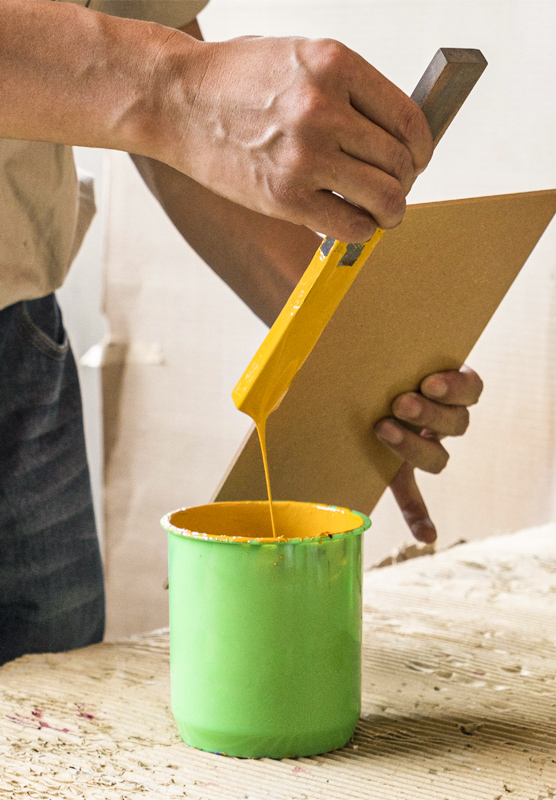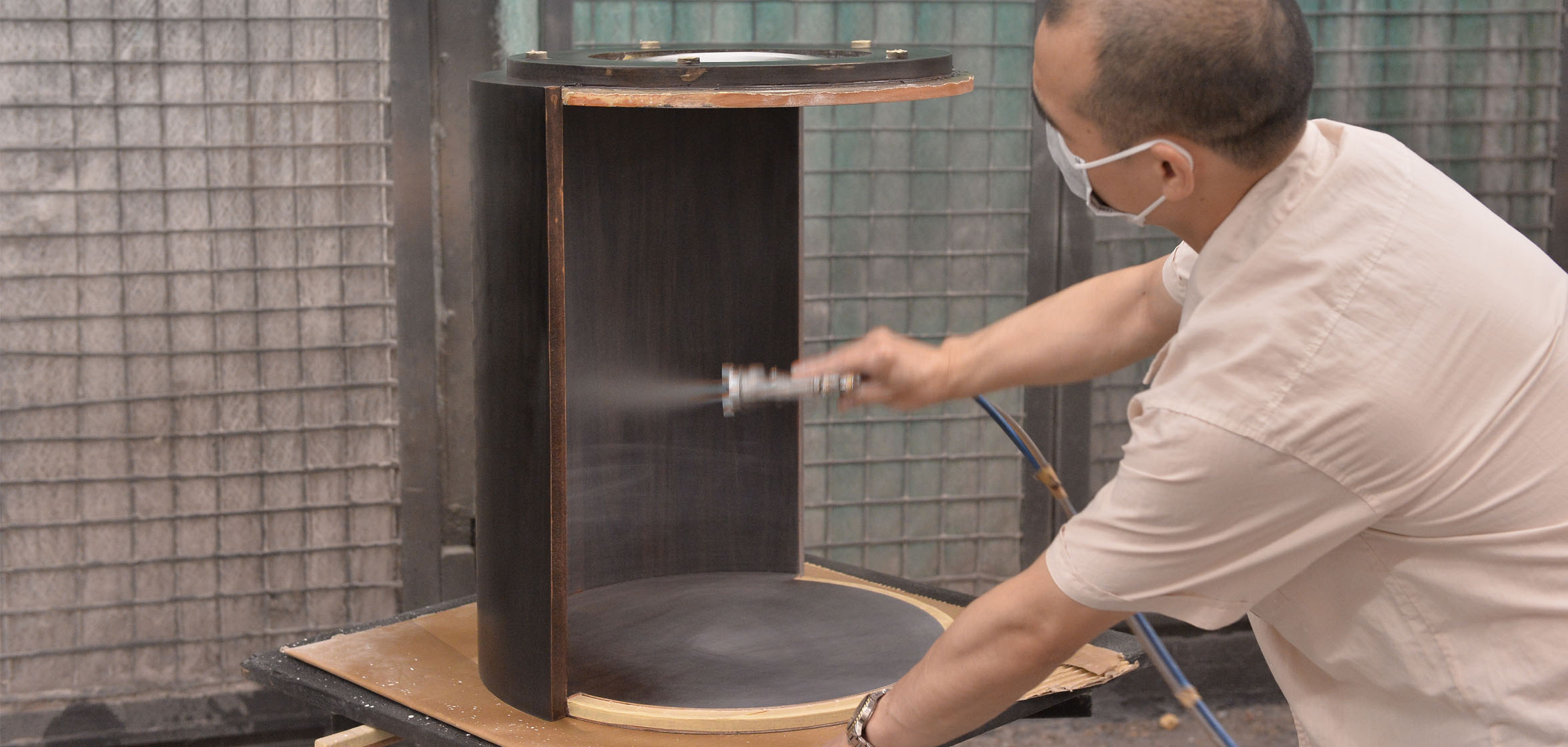
Lacquer finishes have been used for centuries to give woodworking projects a tough, durable and water-resistant clear finish. Today's lacquers are available in both spray and brush-on styles, but both have the advantage of being among the fastest drying of all woodworking finishes. Brushing a lacquer finish requires a little more time and effort, whereas the spraying process is quicker.
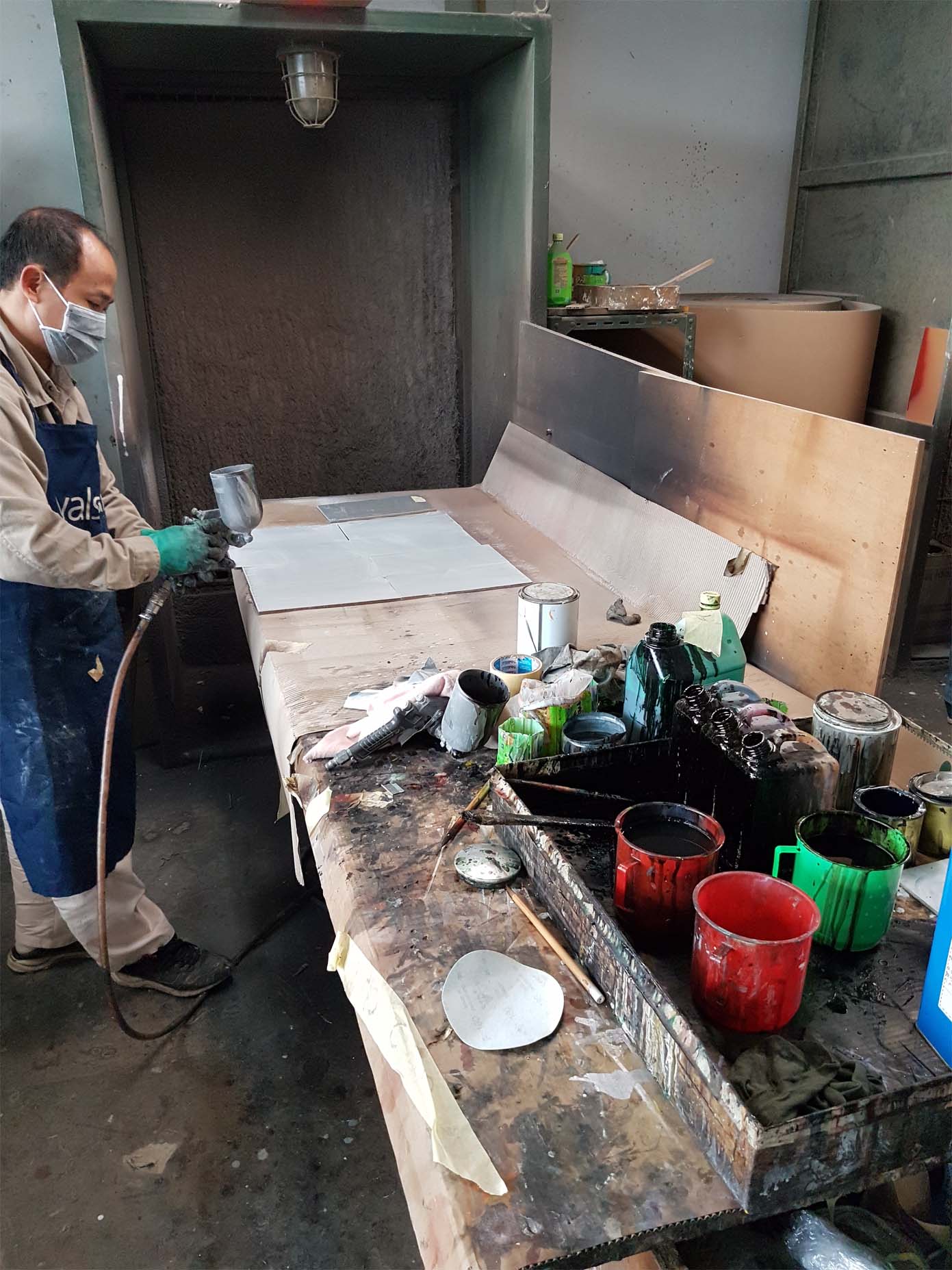
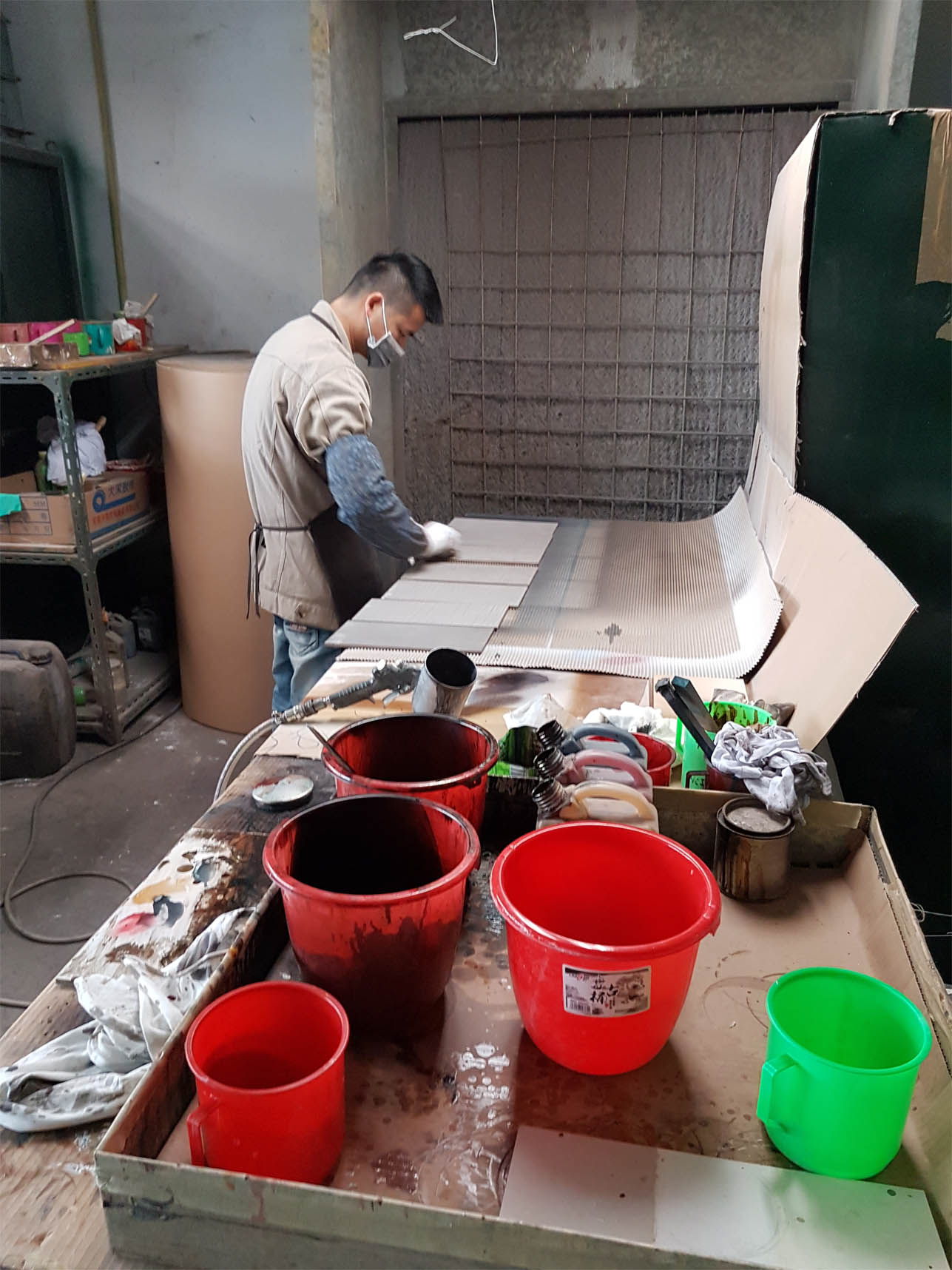
Lacquer is derived from the resin of a specific tree commonly referred to as a varnish tree. This resin is harvested from the tree's sap and is then refined and mixed with lacquer thinner to create the common woodworking finish. Lacquer is commonly used with some paints to give a strong, durable paint finish. Most lacquers used in woodworking today contain another resin called nitrocellulose, which (along with some other ingredients) allows one thin coat of lacquer to dissolve somewhat with a previous coat. After numerous coats of lacquer, the finish is very hard, yet somewhat flexible. The main drawback to nitrocellulose lacquer finishes is susceptibility to ultra-violet light.
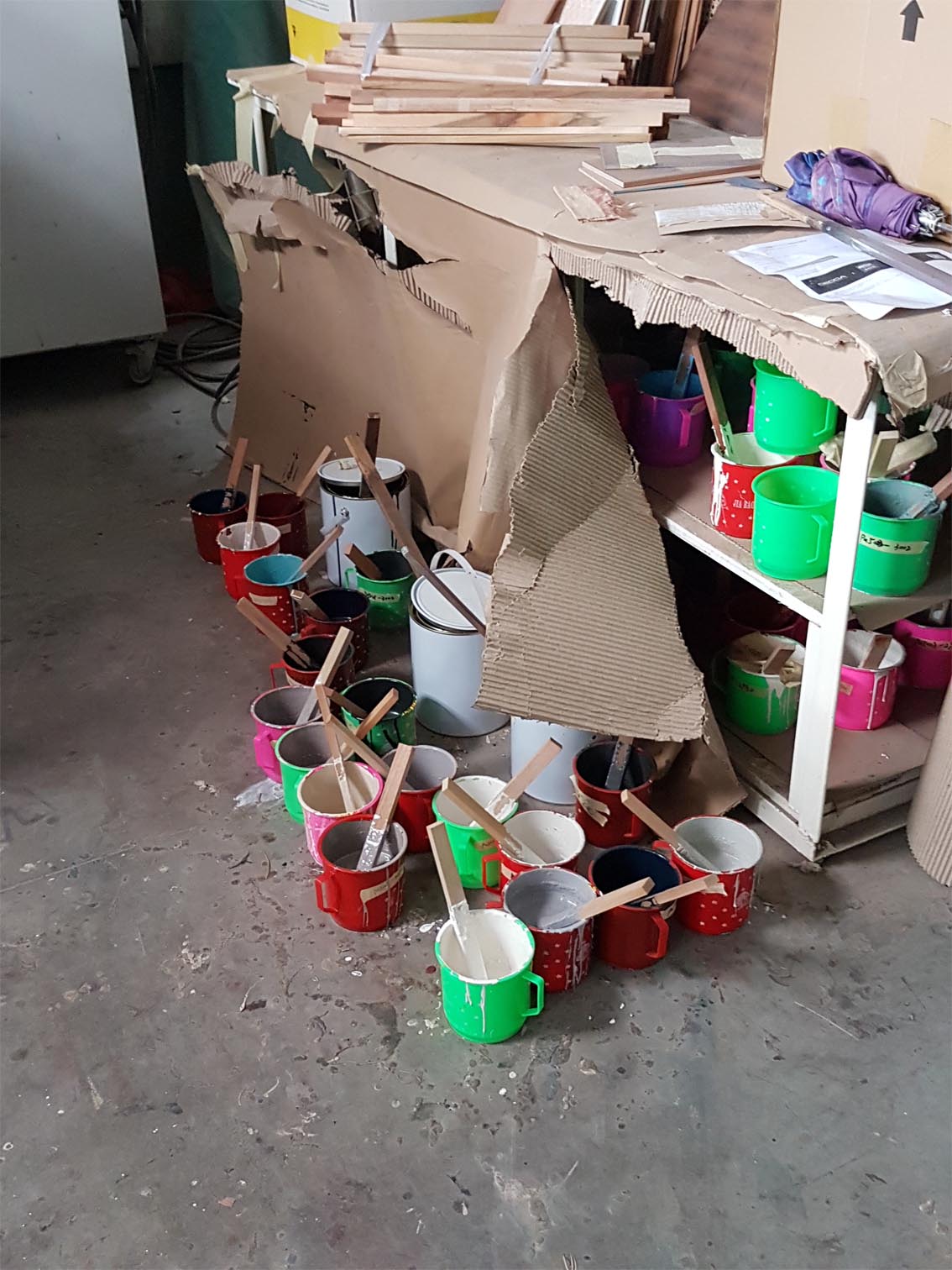
Lacquer remains clear for years without the yellowing usually associated with varnish, polyurethane or shellac. Lacquer is a bit thinner than other products, making it penetrate deeper, which provides a durable seal that protects the wood from the inside out. You don't need to use more than two coats to get a good-looking sheen with lacquer.
